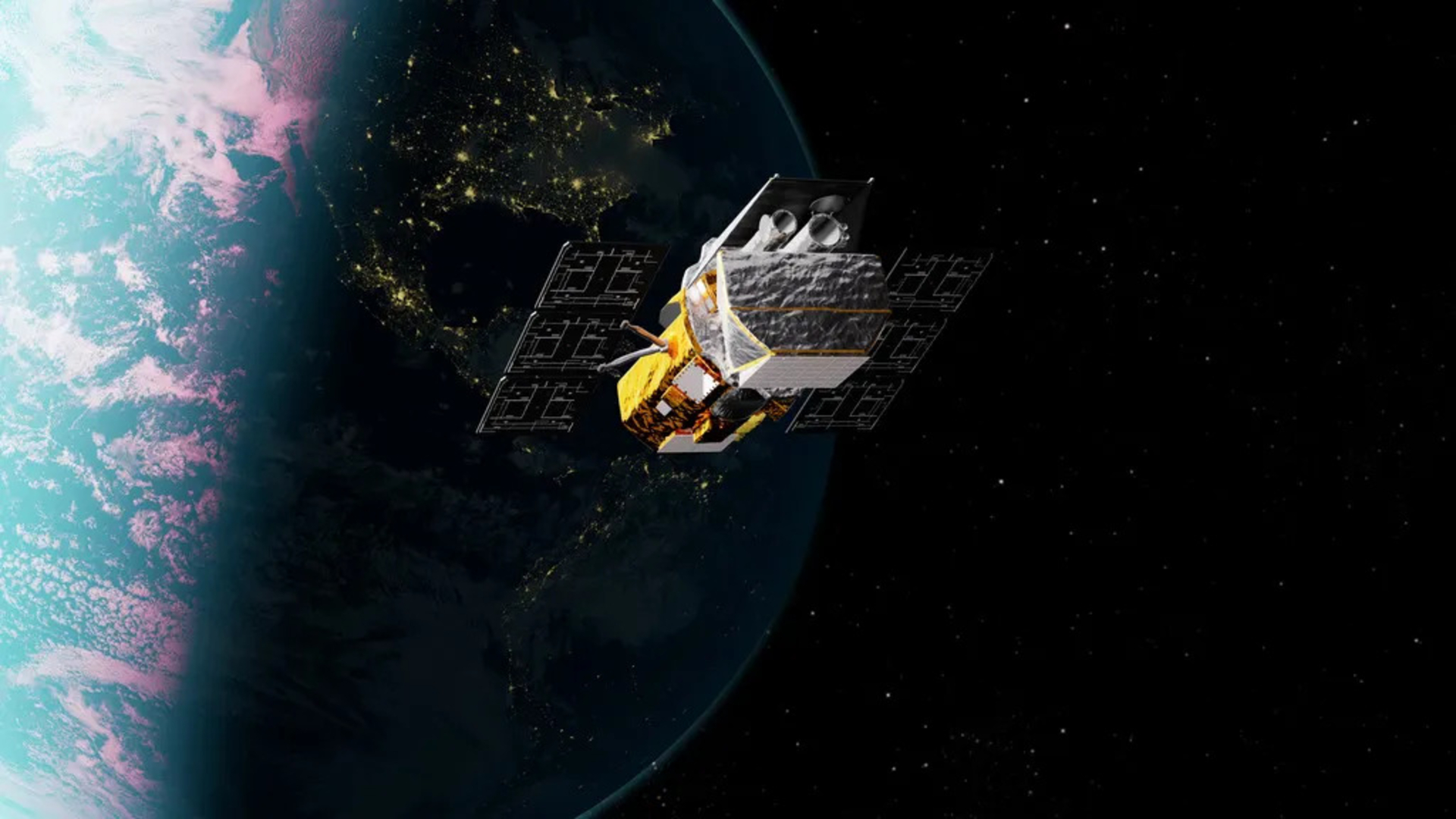The days are getting shorter and not just because summer is waning in the Northern Hemisphere.
On Tuesday, Aug. 5, Earth’s solar day will be ever so slightly shorter than usual 24 hours, according to Timeanddate.com, making it not only one of the shortest days of 2025, but also since records began.
At just 1.25 milliseconds under the 86,400-second mark, it won’t be noticeable, but it’s part of a puzzling trend that’s baffling scientists: Earth is spinning faster. After decades of slowing down, our planet’s rotation has been speeding up in recent years — and timekeepers have no definitive explanation.
To understand what’s going on, it helps to define what a day is. Earth’s true rotational period — one full 360-degree rotation relative to the background stars — lasts 23 hours, 56 minutes and 4.1 seconds, according to EarthSky. That’s a sidereal day — and it explains why stars and planets appear to rise in the east about four minutes earlier each day, and why the night sky changes through the seasons. After all, Earth is traveling along its orbital path around the sun while it rotates.
But the 24-hour day we live by is a solar day, measured not against the stars, but against just one, the sun. A day is therefore measured from noon to noon, equal to 24 hours, or 86,400 seconds. It’s that measurement that appears to be mysteriously shorter than it should be.
There are three dates in 2025 when scientists predicted the Earth’s solar day would be shorter than 24 hours — July 9 (1.23 milliseconds less than 24 hours), July 22 (1.36 milliseconds) and Aug. 5. However, the shortest ever was 1.66 milliseconds less than 24 hours on July 5, 2024.
Since official records began in 1973, Earth’s solar day has been steadily lengthening, mostly due to the moon. As it orbits Earth, the moon generates friction, causing its orbital path to drift farther outward. As it does so, Earth’s rotational energy is transferred to the moon, which causes Earth’s rotation to slow — and, therefore, the days to lengthen.
Similarly, it’s the moon’s exact position that helps scientists pinpoint July 9, July 22 and August 5 as the exact days that Earth will experience a quicker solar day. On those three dates, variations in the moon’s position relative to Earth’s equator — particularly its declination — can influence tidal forces that subtly affect Earth’s rotation rate.
If the moon causes short-term fluctuations in the speed of Earth’s rotation, the underlying reasons for its increased rotation speed in recent years are less understood. Although it’s been suggested that global warming may be having an effect, the root cause of the acceleration is more likely to be the slower rotation of Earth’s liquid core, causing the rest of the planet to spin faster.
You won’t notice the changes in Earth’s rotation on August 5, but if the situation continues through 2029, a so-called negative leap second could be added — for the first time ever.
Source link


